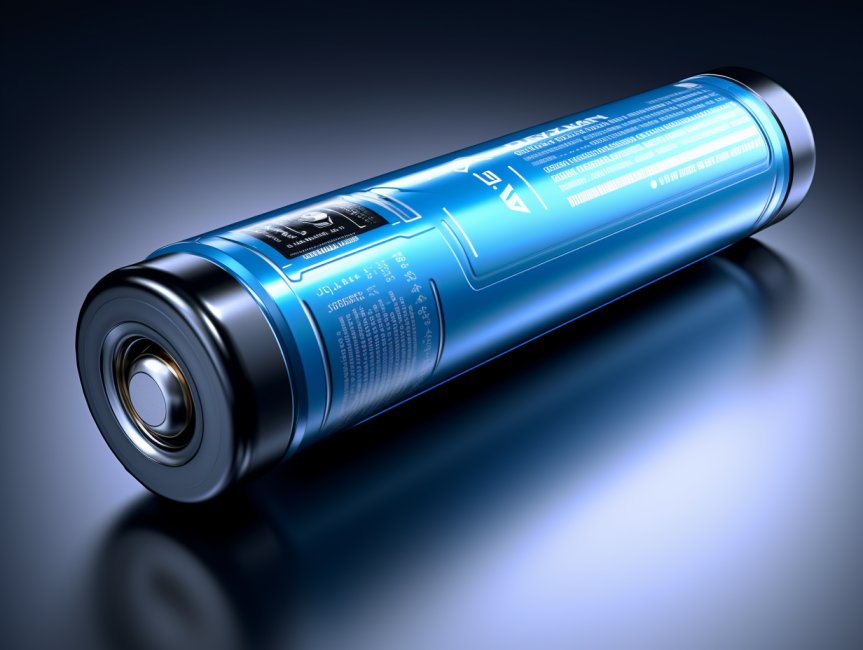
Lithium Ion Battery
A lithium-ion battery (Li-ion) stands as a modern marvel in rechargeable energy storage, revolutionizing portable electronics, electric mobility, and grid-scale energy management. Guiding lithium ion movement through charge and discharge cycles, it harmonizes electrochemistry with precise engineering. Featuring a graphite anode facilitating lithium ion intercalation during charging, coupled with a cathode of lithium metal oxide like LiCoO2 or LiFePO4, this synergy unfolds within a porous separator, optimizing ion transport. Governed by a non-aqueous electrolyte housing a dissolved lithium salt, the Li-ion battery delivers unparalleled energy density, lightweight design, and enduring longevity. Mitigating thermal runaway risk remains crucial, propelling ongoing advancements in thermal management and Li-ion battery technology.
→ Typically comprised of graphite or carbonaceous materials, serving as a stable reservoir for lithium ions during charging.
→ Various lithium metal oxides (LiCoO2, LiFePO4, or LiMn2O4) are frequently employed as cathode materials, each offering distinct performance characteristics.
→ A lithium salt dissolved in a solvent, facilitating the migration of lithium ions between the anode and cathode during charge and discharge cycles.
→ A porous membrane that physically isolates the anode and cathode while permitting the selective transport of lithium ions, preventing electrical short circuits.
→ Lithium-ion batteries can be configured in various geometries, including cylindrical, prismatic, or pouch cells, tailored to specific application needs.
→ Lithium-ion batteries are available in diverse voltage and capacity ranges, customized to accommodate the power requirements of different devices and systems.
→ The number of charge-discharge cycles a lithium-ion battery can sustain before experiencing significant capacity degradation, influenced by factors such as electrode composition and operating conditions.
→ The quantity of energy stored per unit volume or mass of the battery, indicative of its compactness and efficiency.
→ Endeavors are made to develop lithium-ion batteries with minimal environmental footprint, including reducing the use of hazardous materials and enhancing recyclability.
→ Lithium-ion batteries support rapid charging technologies, enabling swift replenishment of energy within a condensed timeframe.